Researchers use snakes to monitor radiation at Fukushima
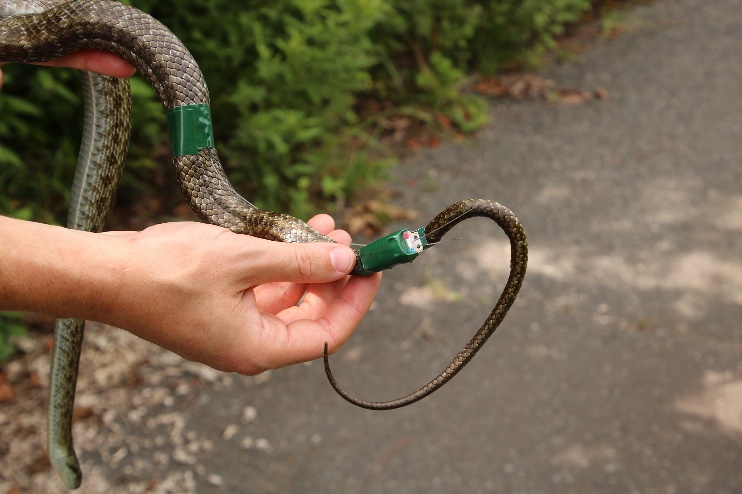
A team of researchers from the University of Georgia have shown that radioactive contamination in the Fukushima Exclusion Zone can be measured through its resident snakes.


A team of researchers from the University of Georgia have shown that radioactive contamination in the Fukushima Exclusion Zone can be measured through its resident snakes.
A look inside NIST’s work to optimize cancer treatment and radiation dosimetry
In an article just published by the Taking Measure blog of the National Institute of Standards and Technology, Stephen Russek—who leads the Imaging Physics Project in the Magnetic Imaging...
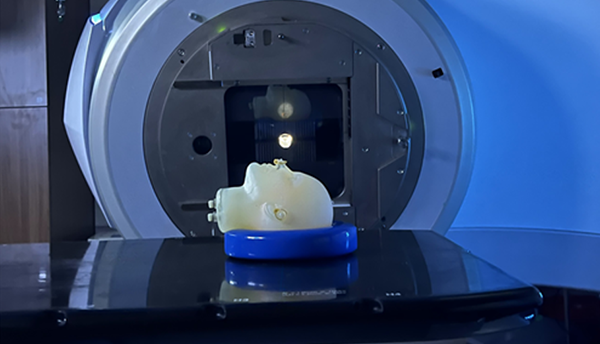
High-power electricity direct from radiation is the vision of Rads to Watts
You could call it a power contest. Teams picked for a new research program from the Defense Advanced Research Projects Agency (DARPA) will compete to design radiovoltaic cells that can...

Southern Nuclear applies for SLR for Hatch
The owners of the two-unit Hatch nuclear power plant are hoping to operate the facility for up to 80 years. Southern Nuclear submitted its application this month to the Nuclear Regulatory...
IAEA: Tritium levels in discharged Fukushima water well below limits
The International Atomic Energy Agency has announced that its experts have confirmed that the tritium concentration in the latest batch of water to be released from the Fukushima Daiichi...
IAEA’s Grossi joins international experts to sample Fukushima seawater
International Atomic Energy Agency director general Rafael Mariano Grossi visited Japan’s Fukushima Daiichi site on February 19, where he joined scientists from the Third Institute of...
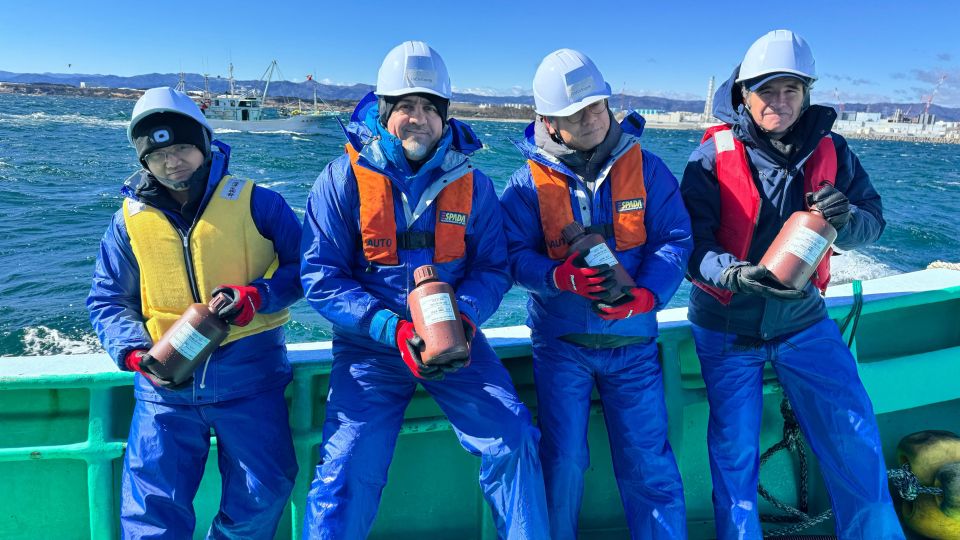
ANS responds to “antiscientific” op-ed
The Hill recently published an opinion piece by Cindy Folkers and Amanda Nichols entitled “They won’t tell you these truths about nuclear energy.” Sadly, after the first sentence, their...
IAEA: Chernobyl drone strike latest threat to nuclear safety in Ukraine
Social media this past weekend streamed with reactionary posts following a drone strike last Friday at the site of the destroyed reactor from the 1986 Chernobyl accident. The drone—armed...
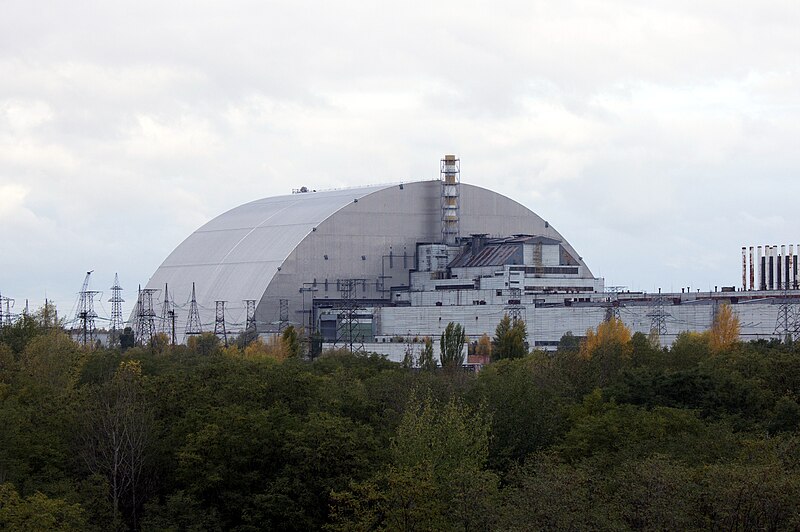
Germany election brings nuclear power back into spotlight
It’s been less than two years since Germany shuttered its three remaining nuclear plants on April 15, 2023—the culmination of a decision reached during the backlash following the Fukushima...
A series of firsts delivers new Plant Vogtle units
Southern Nuclear was first when no one wanted to be. The nuclear subsidiary of the century-old utility Southern Company, based in Atlanta, Ga., joined a pack of nuclear companies in the early...
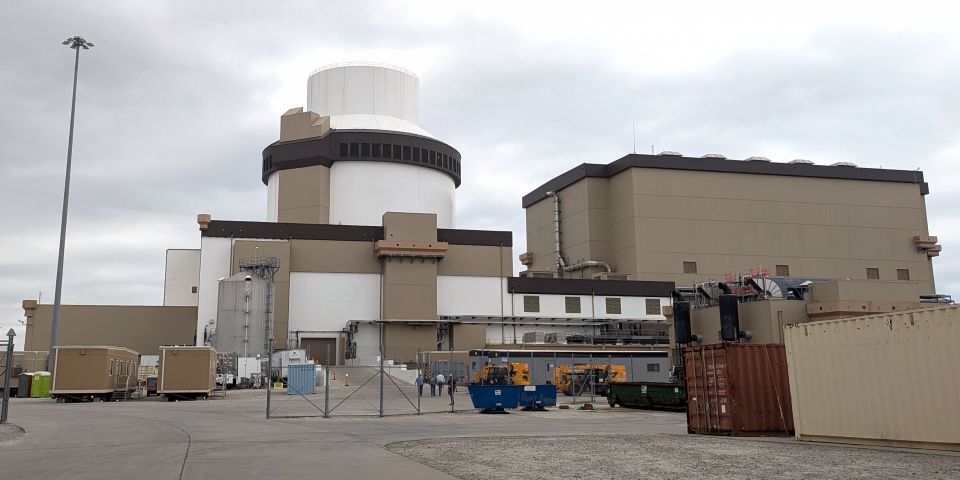
Article explores emerging trends in health physics
Key developments, emerging trends, challenges, and innovations in the field of health physics are the topic of a recently published article in Health Physics Journal. The authors of “The...